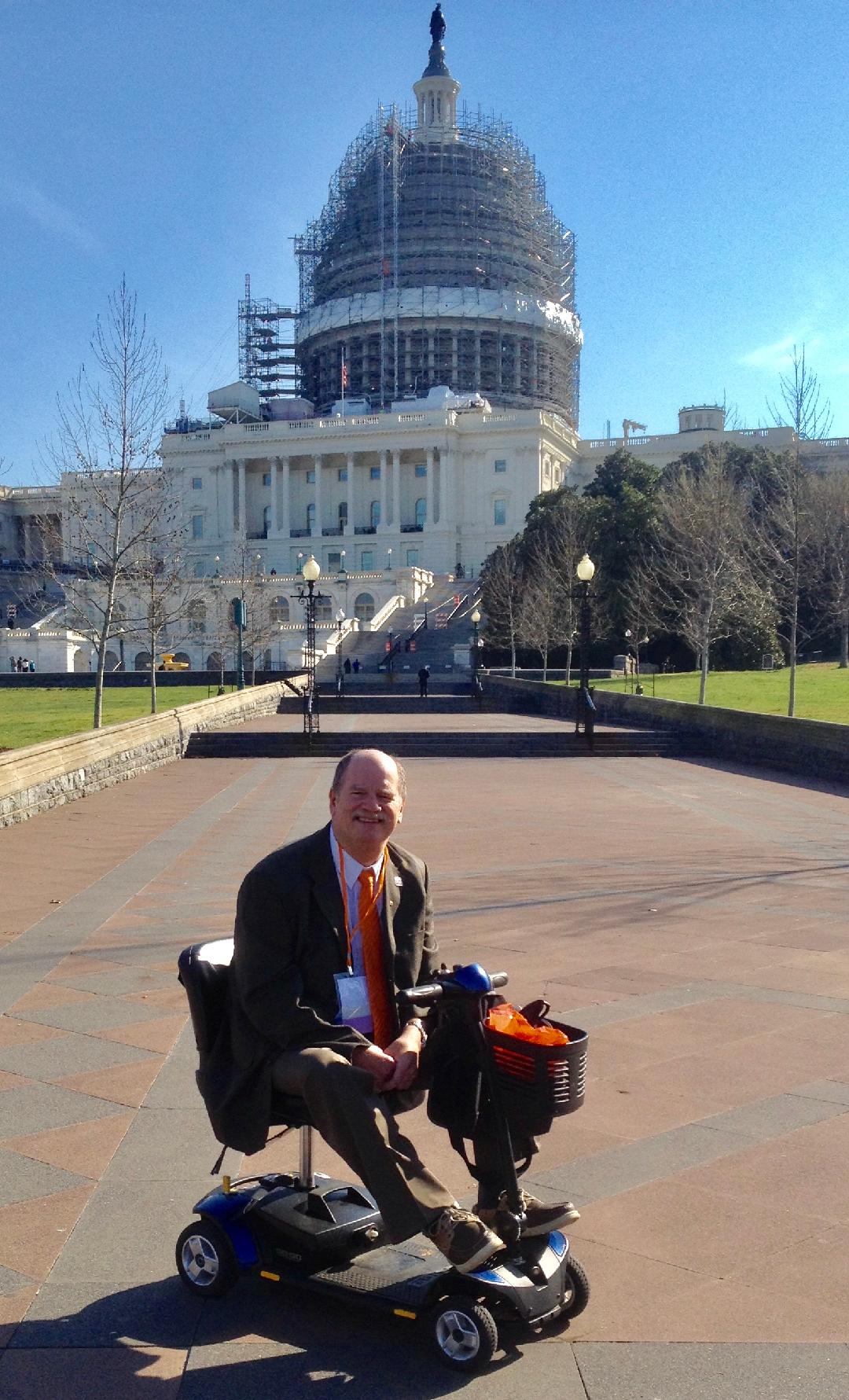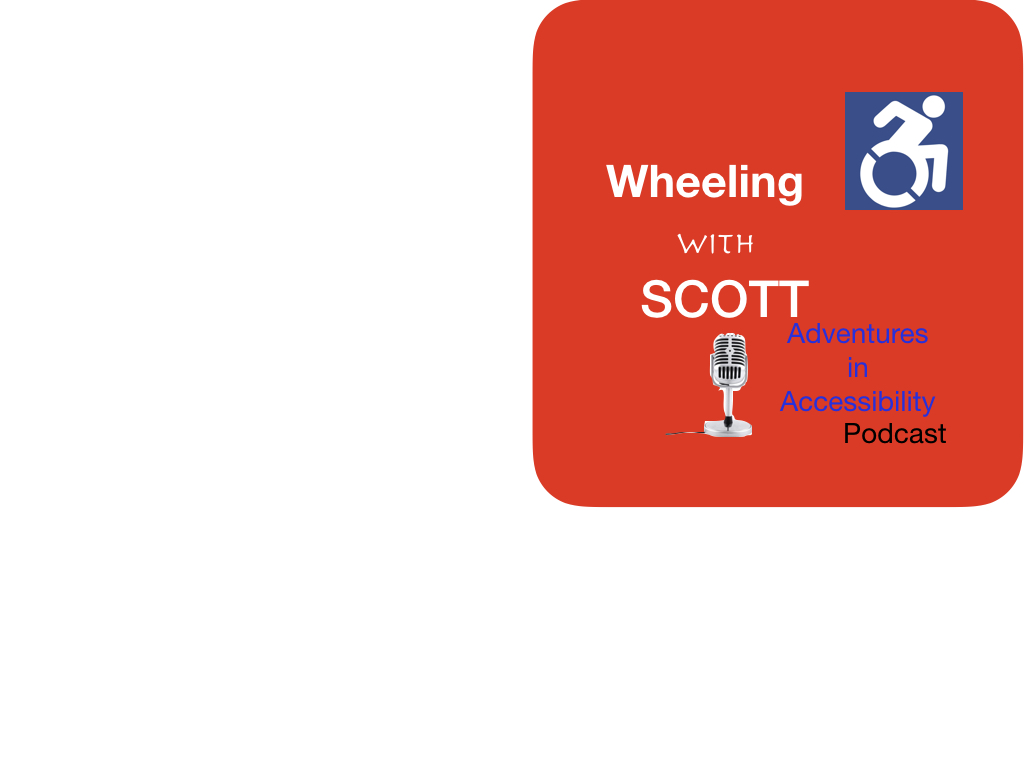
Wheeling With Scott – Adventures In Accessibility. An Americans with Disabilities Act Advocacy Activist Resource
The barriers people with disabilities face begin with people’s attitudes – attitudes often based on misinformation and misunderstandings about what it is like to live with a disability.
Attitudinal barriers
Attitudinal barriers are the most basic and contribute to other barriers. For example, some people may not be aware that difficulties in getting to or into a place can limit a person with a disability from participating in everyday life and common daily activities. Examples of attitudinal barriers include:
- Stereotyping: People sometimes stereotype those with disabilities, assuming their quality of life is poor or that they are unhealthy because of their impairments.
- Stigma, prejudice, and discrimination: Within society, these attitudes may come from people’s ideas related to disability—People may see disability as a personal tragedy, as something that needs to be cured or prevented, as a punishment for wrongdoing, or as an indication of the lack of ability to behave as expected in society.
Today, society’s understanding of disability is improving as we recognize “disability” as what occurs when a person’s functional needs are not addressed in his or her physical and social environment. By not considering disability a personal deficit or shortcoming, and instead thinking of it as a social responsibility in which all people can be supported to live independent and full lives, it becomes easier to recognize and address challenges that all people–including those with disabilities–experience.
Americans with Disabilities Act (ADA) is not “code” it is a civil rights law that is opening doors for the 49 million Americans with disabilities.
There are often rumors of buildings being “grandfathered in” with regard to ADA compliance, and you may have heard these rumors. They may give you the impression that if you have been in business for thirty years or longer, all these rules simply don’t apply and you are protected. Unfortunately, those are just rumors.
There is no “grandfather clause”
When the first ADA standards were introduced in 1991, existing small businesses and some public buildings were allowed to avoid complying unless they added new construction or renovated their properties. In 2010, the updated regulations removed the “grandfather clause.”
People with disabilities are living more independently and participating
more actively in their communities. They and their families want to patronize businesses that
welcome customers with disabilities. In addition, approximately 71.5 million baby boomers will
be over age 65 by the year 2030 and will be demanding products, services, and environments
that meet their age-related physical needs. Studies show that once people with disabilities find
a business where they can shop or get services in an accessible manner, they become repeat
customers.
I found a place of business that I can’t get into because it’s not handicap accessible. What do I do?
Click this link below to see our Frequently Asked Questions page, there you will find suggested solutions:
People with disabilities have too often been excluded from everyday activities: shopping at a
corner store, going to a neighborhood restaurant or movie with family and friends, or using the
swimming pool at a hotel on the family vacation. The ADA is a Federal civil rights law that
prohibits discrimination against people with disabilities and opens doors for full participation in
all aspects of everyday life. This publication provides general guidance to help business owners
understand how to comply with the Department’s revised ADA regulations and the 2010
Standards, its design standards for accessible buildings. The ADA applies to both the built
environment and to policies and procedures that affect how a business provides goods and
services to its customers.
Businesses that provide goods or services to the public are called “public accommodations” in
the ADA. The ADA establishes requirements for 12 categories of public accommodations,
which include stores, restaurants, bars, service establishments, theaters, hotels, recreational
facilities, private museums and schools, doctors’ and dentists’ offices, shopping malls, and other
businesses. Nearly all types of businesses that serve the public are included in the 12
categories, regardless of the size of the business or the age of their buildings. Businesses
covered by the ADA are required to modify their business policies and procedures when
necessary to serve customers with disabilities and take steps to communicate effectively with
customers with disabilities. The ADA also requires businesses to remove architectural barriers
in existing buildings and make sure that newly built or altered facilities are constructed to be
accessible to individuals with disabilities. “Grandfather provisions” often found in local building
codes do not exempt businesses from their obligations under the ADA.
I found a place of business that I can’t get into because it’s not handicap accessible. What do I do?
Click this link below to see our Frequently Asked Questions page, there you will find suggested solutions:
Compliance Dates
Businesses need to know two important deadlines for compliance. Starting March 15, 2011,
businesses must comply with the ADA’s general nondiscrimination requirements, including
provisions related to policies and procedures and effective communication. The deadline for
complying with the 2010 Standards, which detail the technical rules for building accessibility, is
March 15, 2012. This delay in implementation was provided to allow businesses sufficient time
to plan for implementing the new requirements for facilities. In addition, hotels, motels, and inns
have until March 15, 2012, to update their reservation policies and systems to make them fully
accessible to people with disabilities.
